The Indian subcontinent is experiencing a growing environmental crisis. Dust and thunderstorms across India killed over 160 people this past May. Air quality levels regularly dip to dangerous lows in cities like Delhi, while the start of monsoon season has already produced torrential rain and flash flooding across the northern and northeastern regions. Meanwhile, nearly half of India’s total population is facing shortages in drinking water due to infrastructural challenges.
Economic inequality and unregulated carbon emissions are predicted to continue to exacerbate damage in a region already vulnerable to sweltering temperature spikes and unpredictable monsoon patterns.
A recent report from the World Bank warns that nearly 800 million South Asians currently live in areas that are projected to become climate “hot spots” by 2050. The report defines these hot spots as areas that are especially likely to experience a decrease in standard of living because of the changing climate, illustrating a precarious relationship between rising global temperatures and economically vulnerable communities.

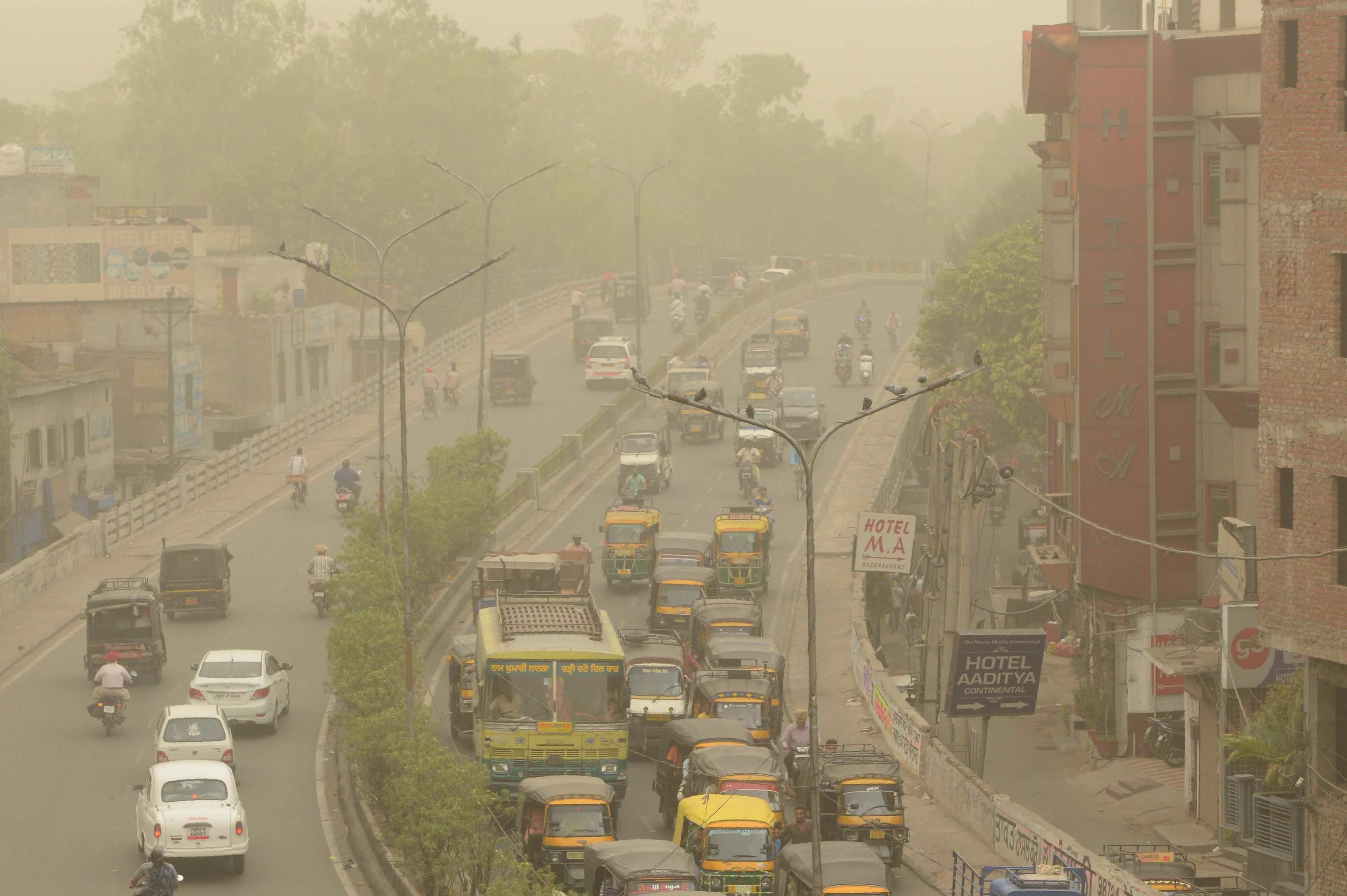
(Photo: Narinder Nanu/AFP/Getty Images)
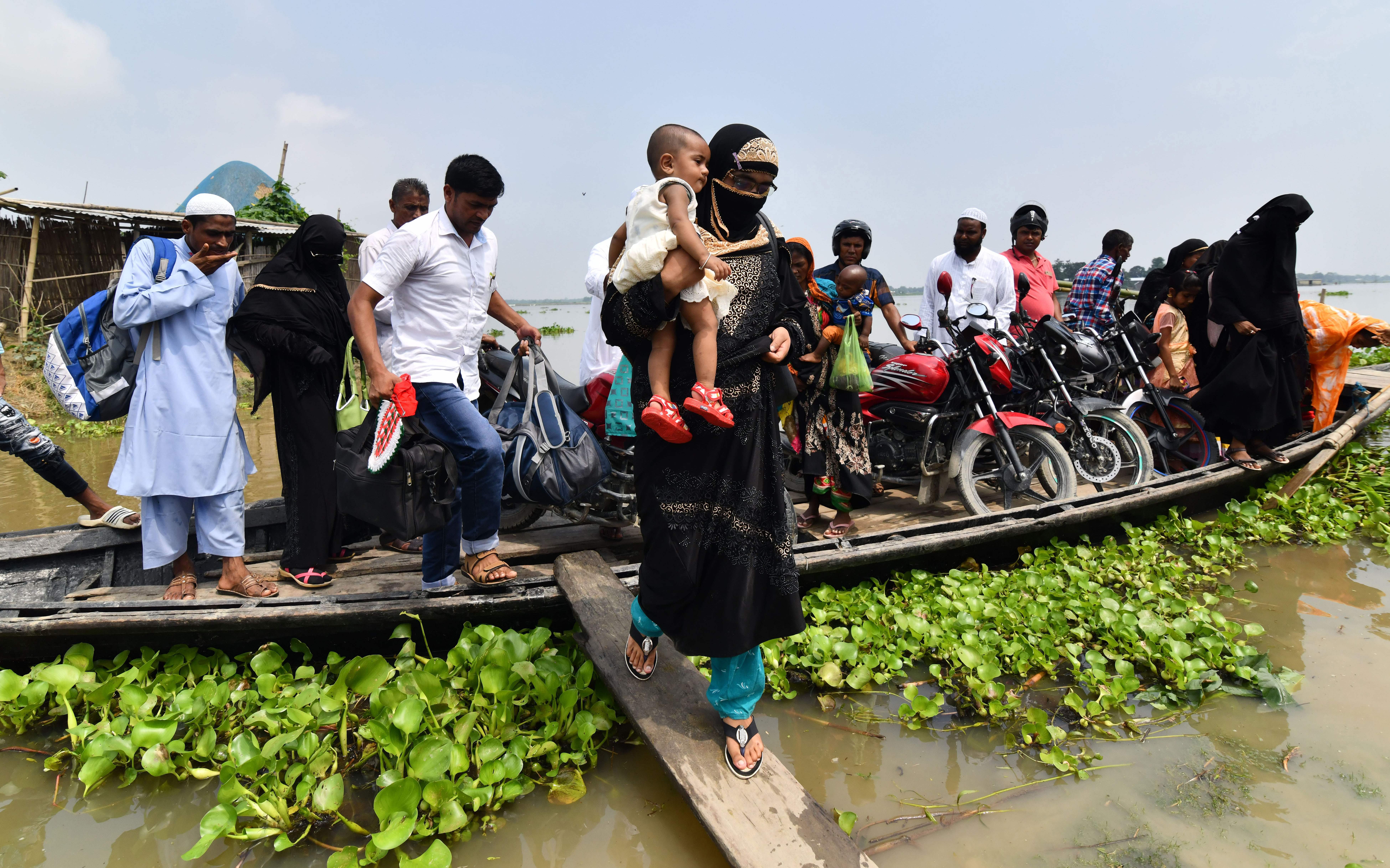
(Photo: Biju Boro/AFP/Getty Images)

(Photo: Money Sharma/AFP/Getty Images)
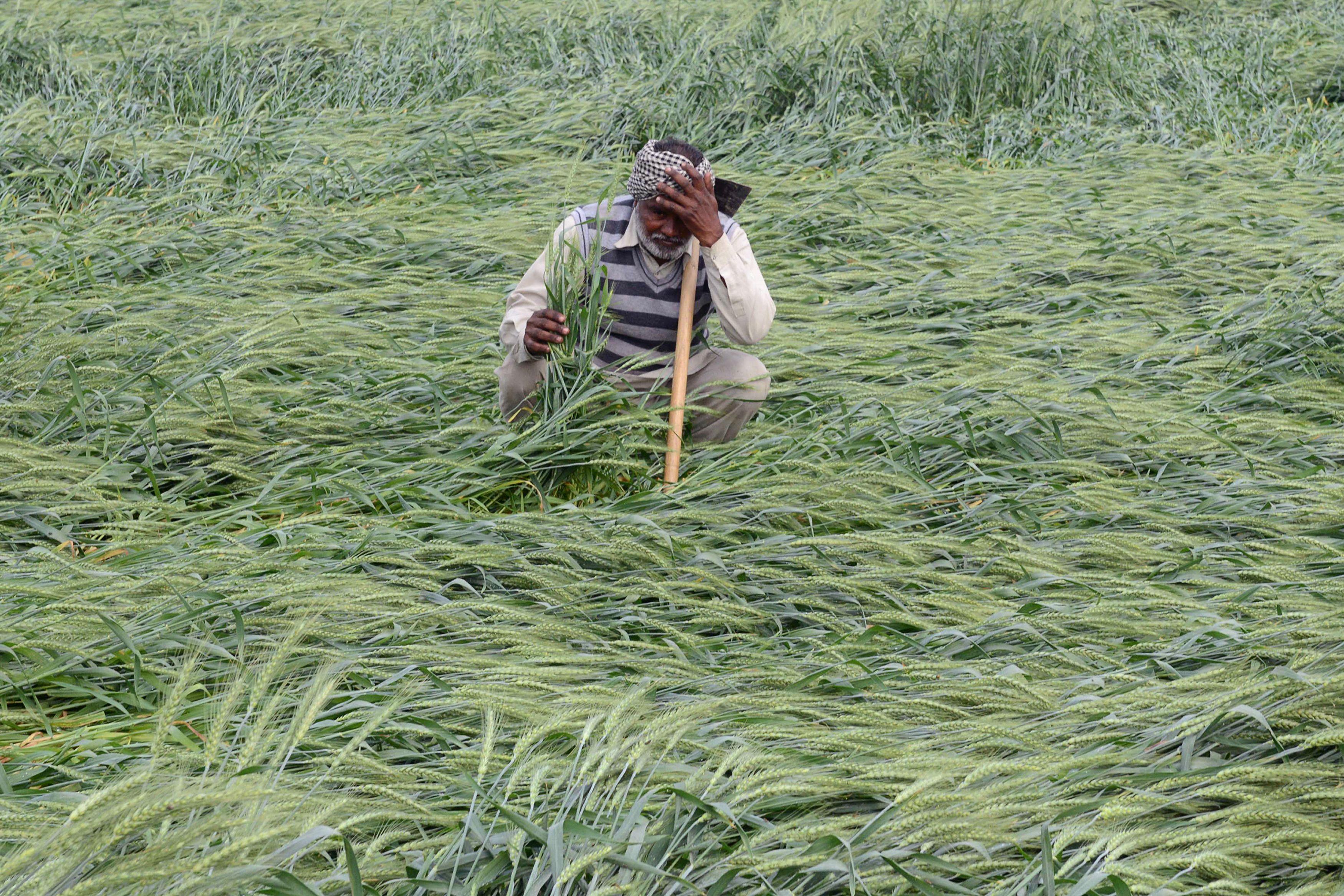
(Photo: Narinder Nanu/AFP/Getty Images)
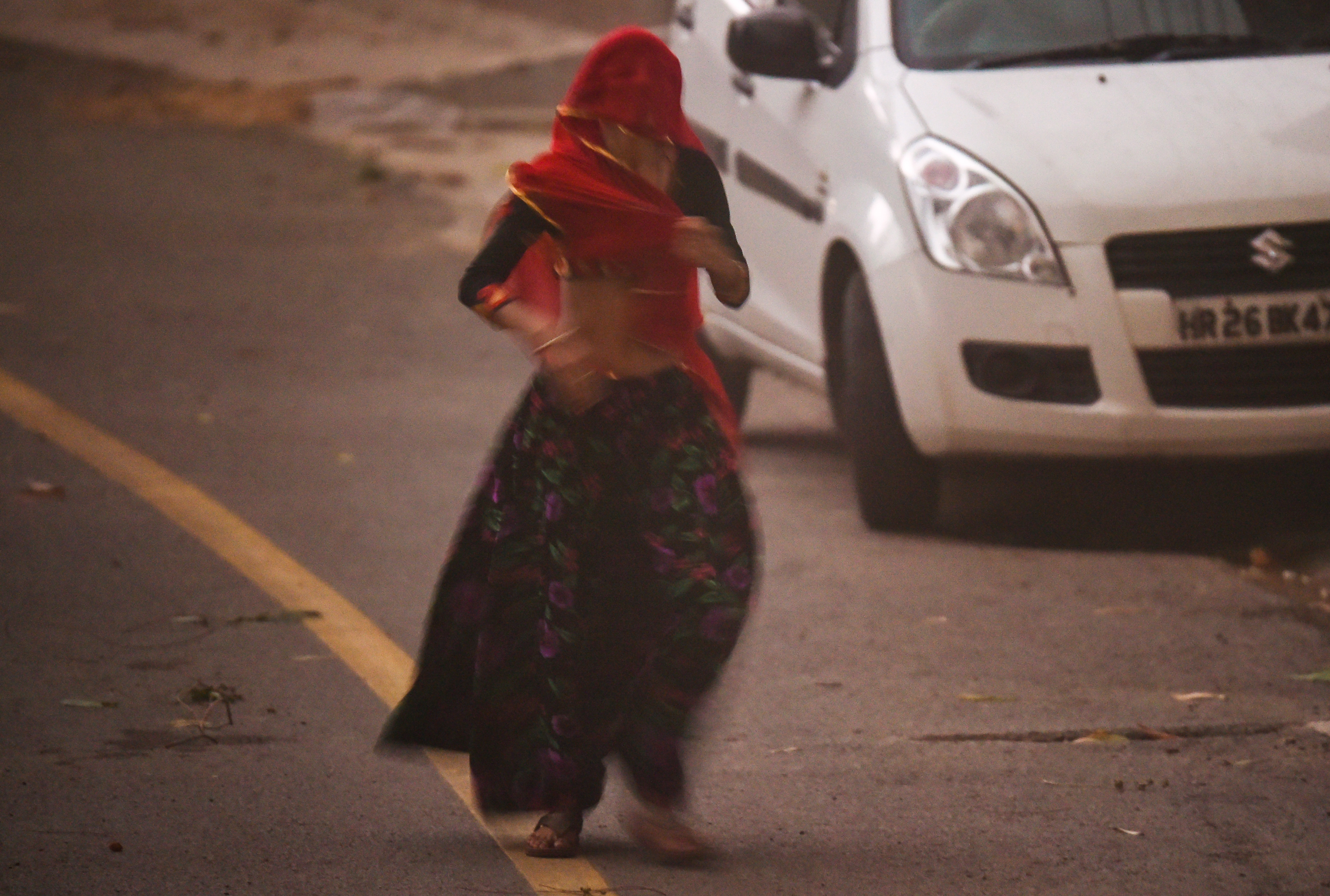
(Photo: Chandan Khanna/AFP/Getty Images)
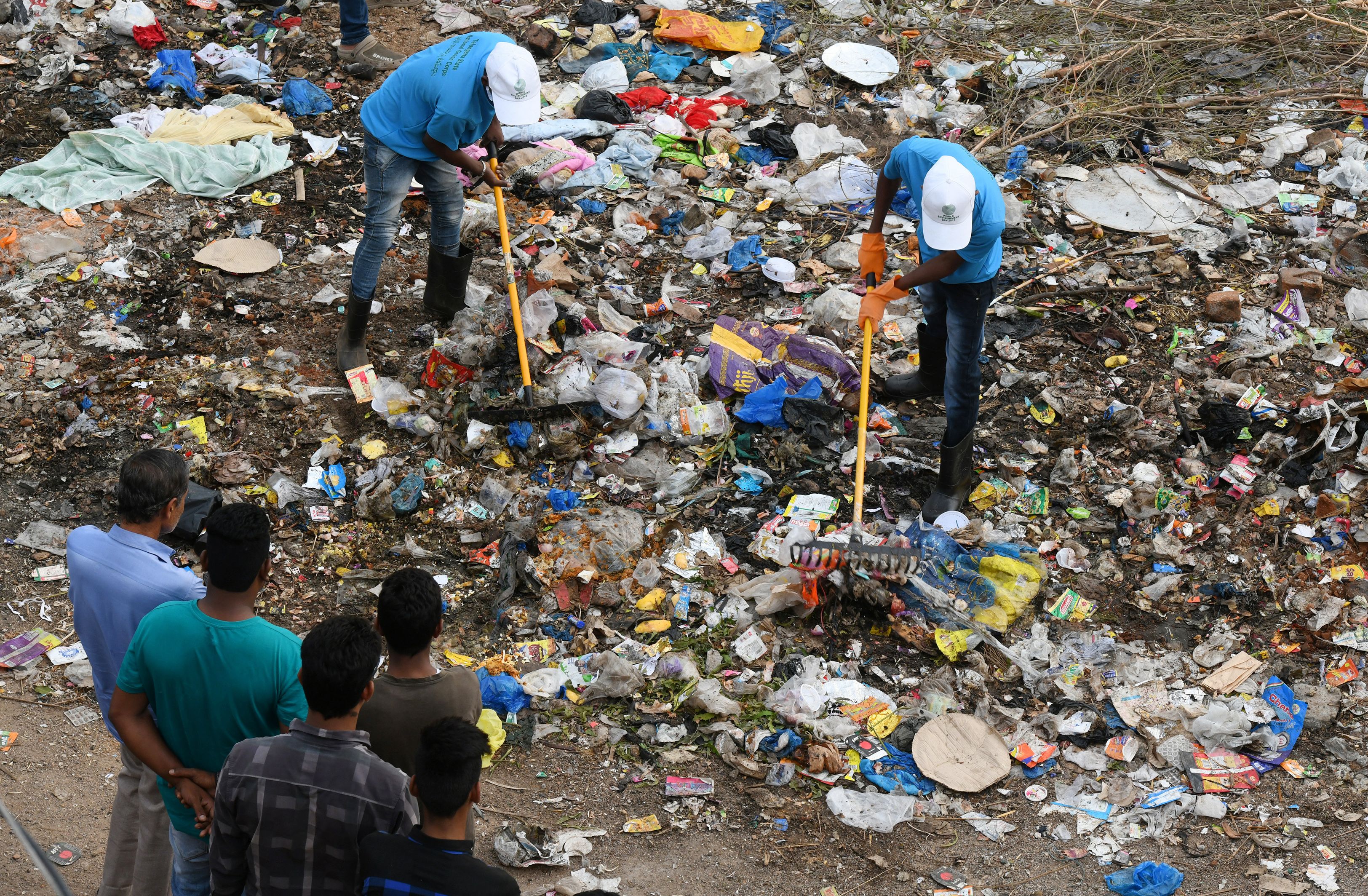
(Photo: Noah Seelam/AFP/Getty Images)





